Home Repair Services
All types of repairs after water, Fire and Mold damage
- Carpentry
Framing, drywall installation/repair, door installation/repair, window installation/repair, deck construction/repair.
- Painting
Interior painting, exterior painting, wallpaper removal, drywall finishing.
- Plumbing
Leak detection and repair, drain cleaning, faucet installation, toilet repair, water heater installation/repair.
- Electrical
Leak repair, shingle replacement, gutter cleaning/repair, roof inspection.
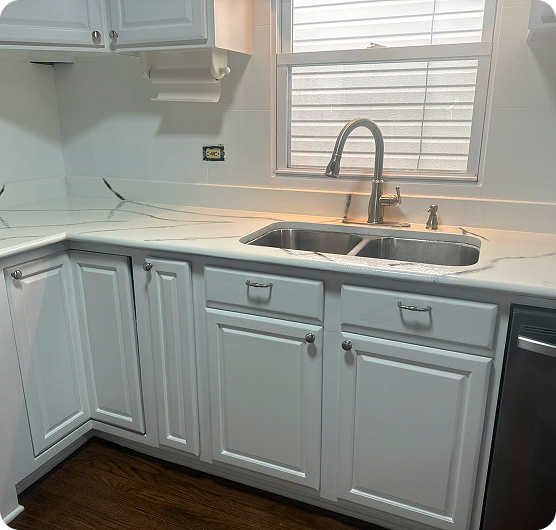
- Water Mitigation Services
Water Extraction: Rapid removal of standing water from the affected area using pumps and vacuums to prevent further damage and mold growth.
Structure Dry: Thorough drying of the building structure, including walls, floors, and ceilings, using air movers and dehumidifiers to prevent warping and structural damage.
Moisture Report: Detailed documentation of moisture levels throughout the drying process to ensure proper drying and prevent future mold issues.
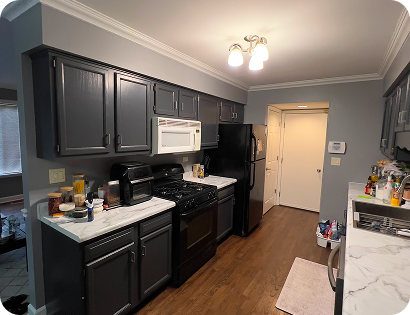
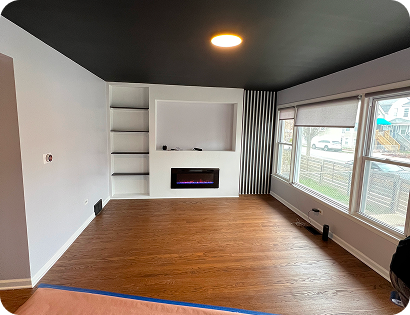
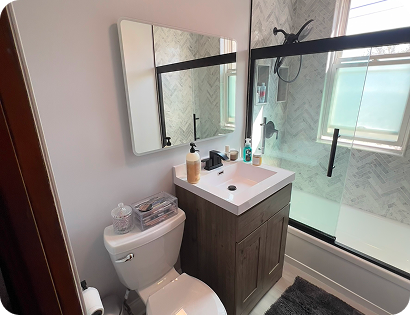
- Content Restoration Services
Contents Evaluation: Assessment of damaged belongings to determine the best course of action for restoration or replacement.
Contents Pack Out Pack Back: Careful packing and transportation of belongings to a secure facility for cleaning, restoration, and storage, followed by repacking and returning items to their original location after restoration is complete.
Contents Cleaning: Specialized cleaning of damaged belongings, including furniture, electronics, documents, and textiles, to remove water, dirt, and debris.
Contents Drying: Thorough drying of belongings using various techniques to prevent mold growth and further damage.
Contents Restoration: Repair and restoration of damaged belongings to their pre-loss condition whenever possible.
Contents Storage: Secure storage of belongings in a climate-controlled facility during the restoration process.
Content Inventory: Detailed inventory of all belongings affected by water damage for insurance and restoration purposes.
Contents Moving On-Site or Off-Site: Moving and relocation of belongings within the property or to an off-site location during the restoration process.
- Additional Services
Loss Inspection: Comprehensive inspection of the property to assess the extent of the damage and develop a restoration plan.
Rain Damage Restoration: Specialized services for addressing water damage caused by rain, including roof leaks and flooding.
Equipment Rental: Rental of specialized equipment, such as dehumidifiers and air movers, for DIY restoration projects.
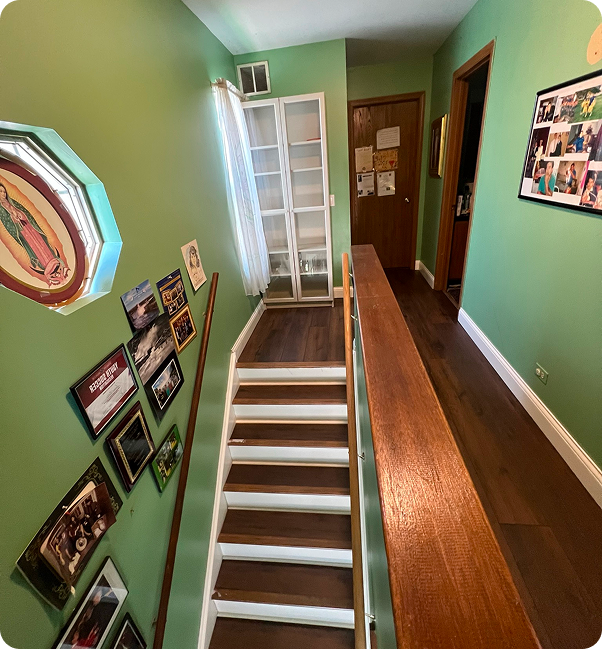
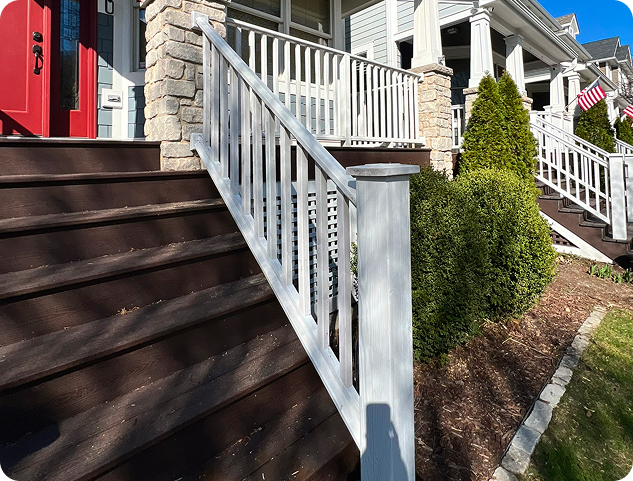
- Restoration After a Fire
A house fire can be a devastating event, causing extensive damage to the structure and contents of a home. The restoration process after a fire is complex and involves several stages:
1. Initial Assessment and Safety Measures:
Emergency Services: Firefighters will extinguish the fire and ensure the area is safe.
Structural Assessment: A professional will assess the structural damage to determine if the house is safe to enter.
Utility Disconnection: Utilities such as gas, electricity, and water may need to be disconnected to prevent further damage.
2. Debris Removal and Cleaning:
Debris Removal: Damaged materials, furniture, and personal belongings will be removed from the house.
Soot and Smoke Removal: Soot and smoke residue can permeate surfaces and belongings. Specialized cleaning techniques and equipment are used to remove them.
Water Damage Restoration: If water was used to extinguish the fire, water damage restoration will be necessary to prevent mold growth and structural damage.
3. Structural Repairs and Restoration:
Structural Repairs: Damaged structural elements such as walls, floors, and roofs will be repaired or replaced.
Electrical and Plumbing Repairs: Damaged electrical wiring and plumbing systems will be repaired or replaced.
HVAC Restoration: The heating, ventilation, and air conditioning (HVAC) system may need to be cleaned, repaired, or replaced.
4. Interior and Exterior Finishes:
Interior Finishes: Walls, ceilings, and floors will be repaired, repainted, or replaced.
Exterior Finishes: Damaged exterior elements such as siding, windows, and doors will be repaired or replaced.
5. Contents Restoration:
Salvageable Items: Personal belongings that can be salvaged will be cleaned and restored.
Unsalvageable Items: Items that cannot be salvaged will be disposed of.
6. Final Cleaning and Sanitization:
Deep Cleaning: The entire house will be thoroughly cleaned and sanitized to ensure it is safe and habitable.
7. Move-In and Recovery:
Furniture and Belongings: Once the restoration is complete, furniture and belongings can be moved back into the house.
Emotional Recovery: Recovering from a house fire can be a long and emotional process. Support from family, friends, and mental health professionals can be helpful.
- Additional Considerations
Insurance: Homeowners insurance can help cover the cost of restoration after a fire. It important to contact your insurance company as soon as possible.
Temporary Housing: If the house is uninhabitable during the restoration process, temporary housing may be necessary.
Professional Help: Hiring a professional restoration company can help ensure the restoration process is handled efficiently and effectively.
Remember, the restoration process after a house fire can be lengthy and complex.
Patience, organization, and professional help are key to a successful recovery.

 833-347-3987
833-347-3987